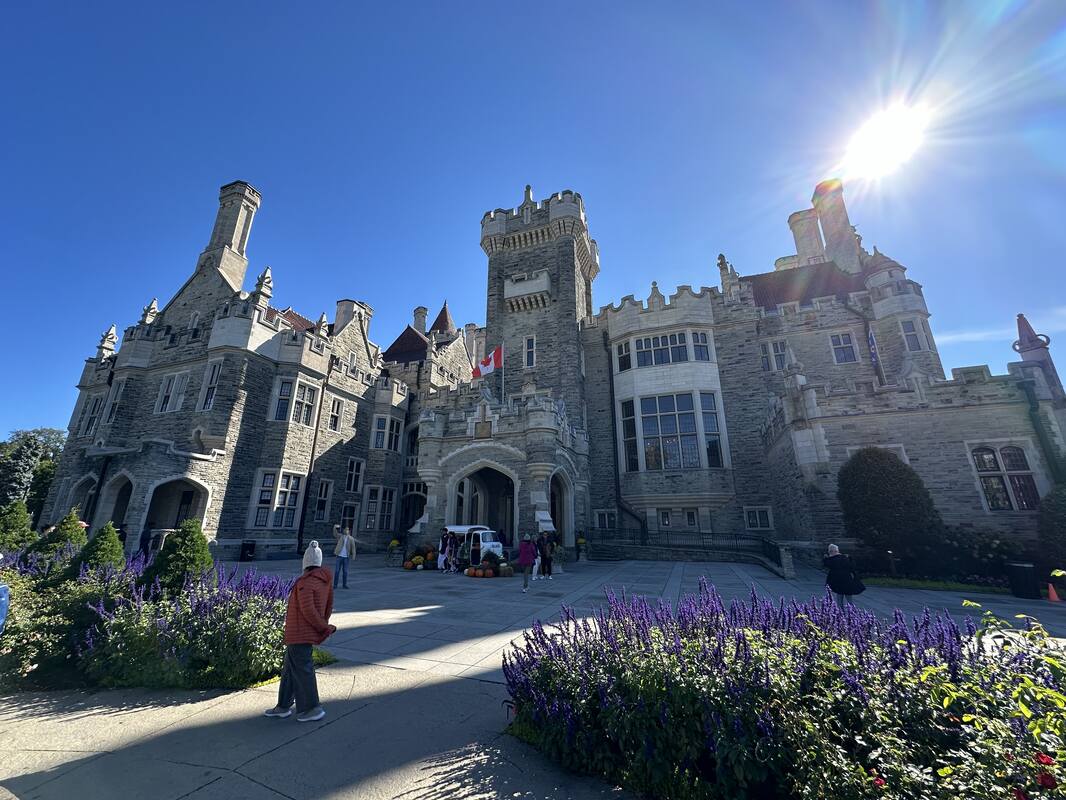Nestled atop a hill overlooking Toronto, Casa Loma stands as a timeless monument to the city’s early 20th-century grandeur. For years, I mistakenly referred to it as “Castle Loma”—can you blame me? With its towering spires, stone façade, and grandiose appearance, it certainly looks like a castle. In fact, many of the promotional materials refer to it as such. However, the name is Casa Loma, means “House on the Hill” in Spanish. It wasn’t until I had to settle the bill for the caterers after our Grapes for Humanity, France UNCORKED event in May that I realized my error. Honest mistake, right? (Insert facepalm moment here!)
Note: UNCORKED wine series has raised close to a million dollars, with proceeds supporting a wide range of impactful global initiatives. Beneficiaries include organizations dedicated to school construction, orphanages, and programs for children at risk. The series has also helped fund camps for kids, offering life-changing experiences.



A Historical Marvel
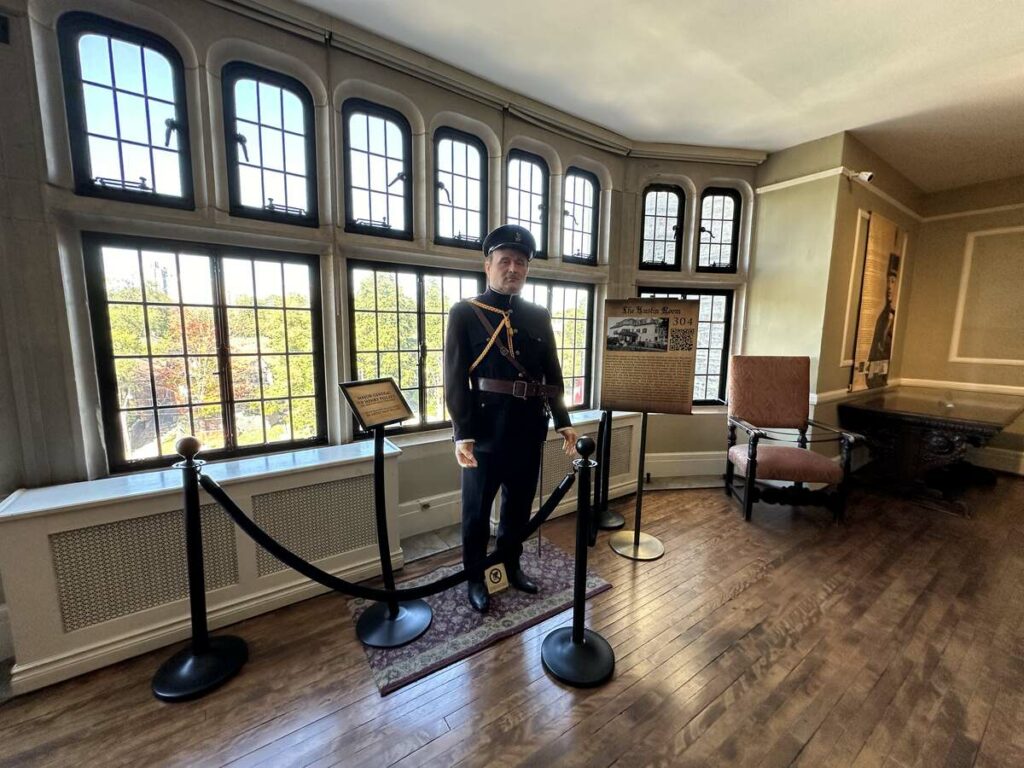
Casa Loma’s origins trace back to Sir Henry Pellatt, a man whose grand vision brought this remarkable structure to life. Sir Henry, a wealthy Canadian financier and soldier, commissioned the construction in 1911. The house, which took nearly three years to complete, cost $3.5 million at the time—a staggering amount by any standard, equivalent to over $100 million today.
Pellatt’s dream home was designed by architect E. J. Lennox, who also contributed significantly to the architectural heritage of Toronto, including Old City Hall. Casa Loma, with its 98 rooms, secret passageways, and opulent interior, reflected both Pellatt’s immense wealth and his ambitions. However, despite its grandeur, Casa Loma became financially unsustainable for Pellatt, who was eventually forced to vacate the property due to rising maintenance costs and personal financial losses.
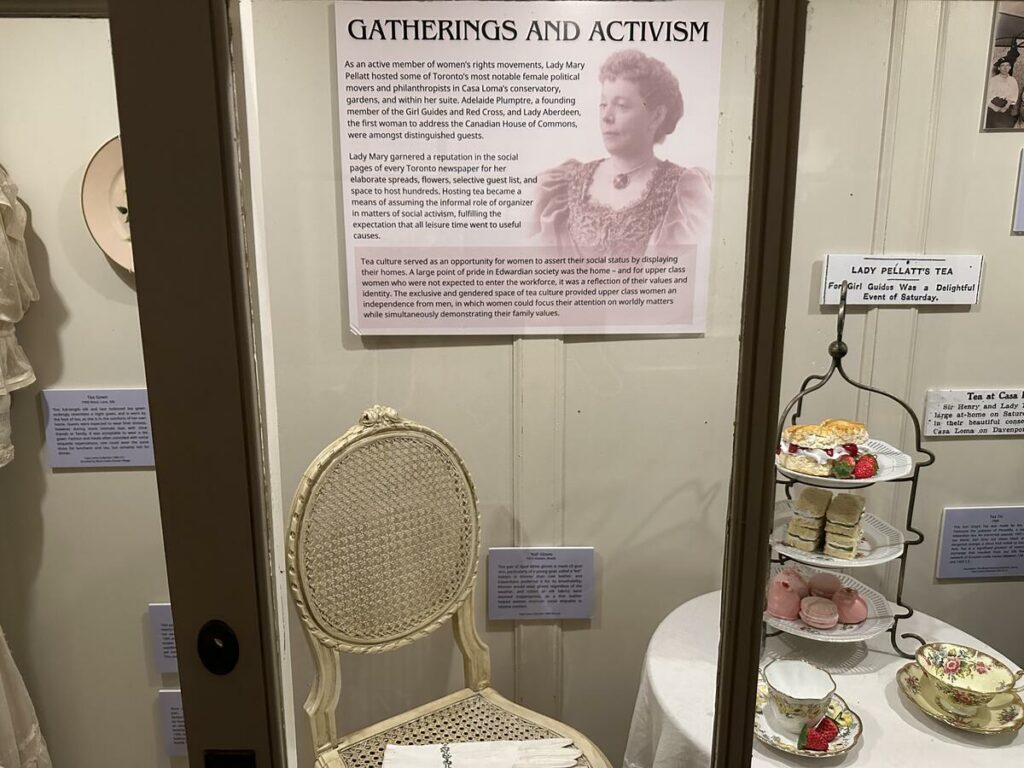
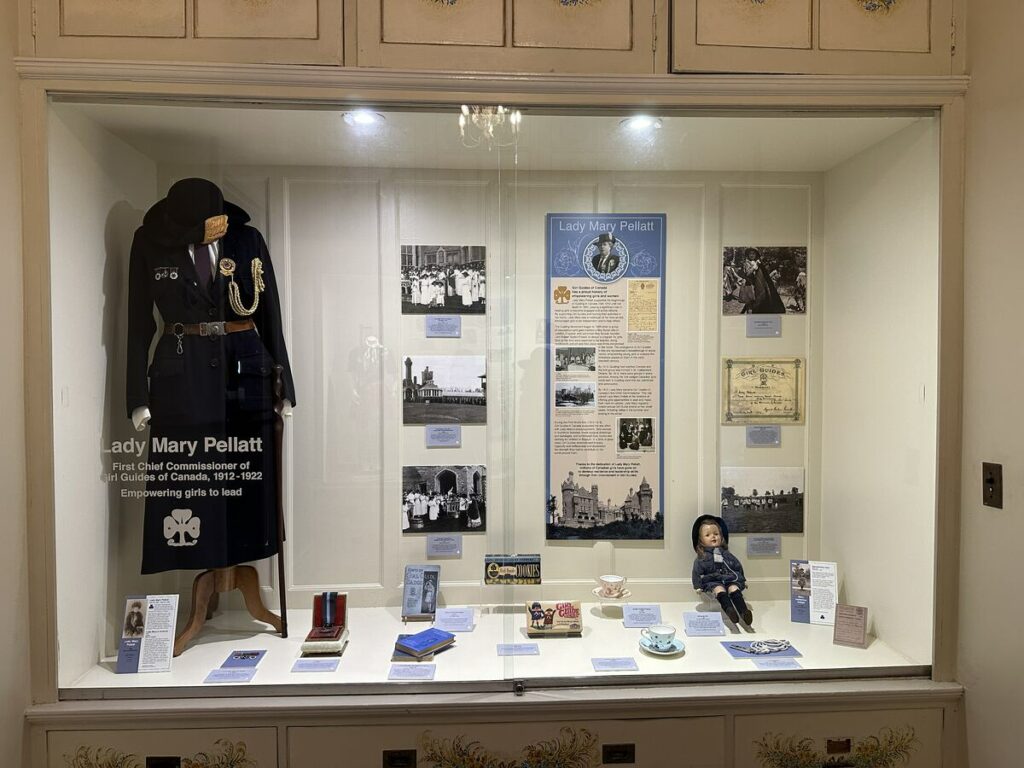

Pellatt’s wife, Mary, played a significant role in the history of the home as well. While Henry’s roots were firmly planted in the military—he led The Queen’s Own Rifles of Canada and participated in the militia during the 1885 Northwest Rebellion—Mary championed women’s rights and dedicated much of her life to the Girl Guides. She became the first Chief Commissioner of the Girl Guides of Canada, leaving a lasting legacy that still impacts young women today. As someone whose daughter received the Girl Greatness Award, the highest Girl Guide honour, I can’t help but feel a special connection to Mary Pellatt’s work. Her efforts opened doors for so many girls across Canada, including my own.
A Palace for the Elite
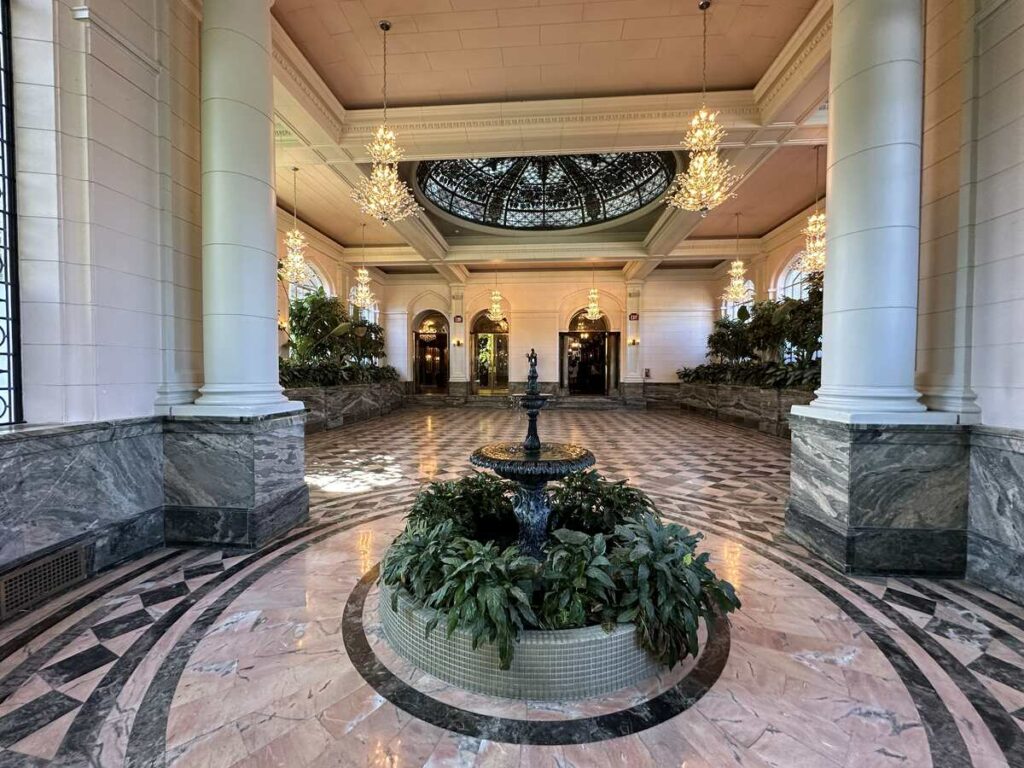
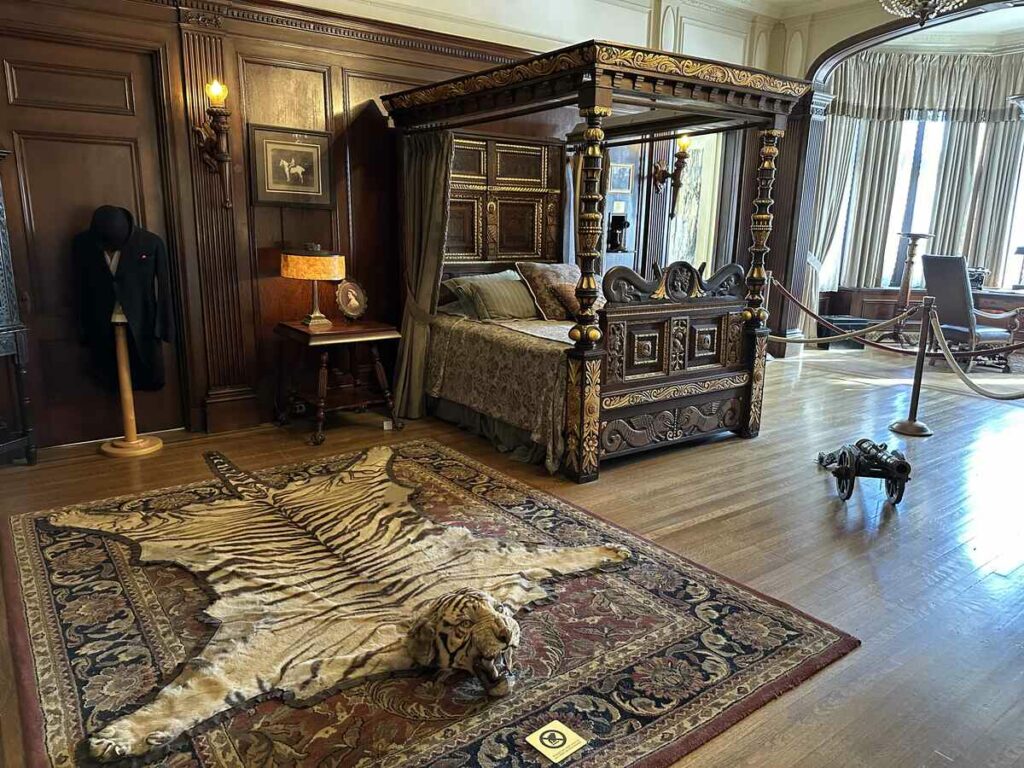
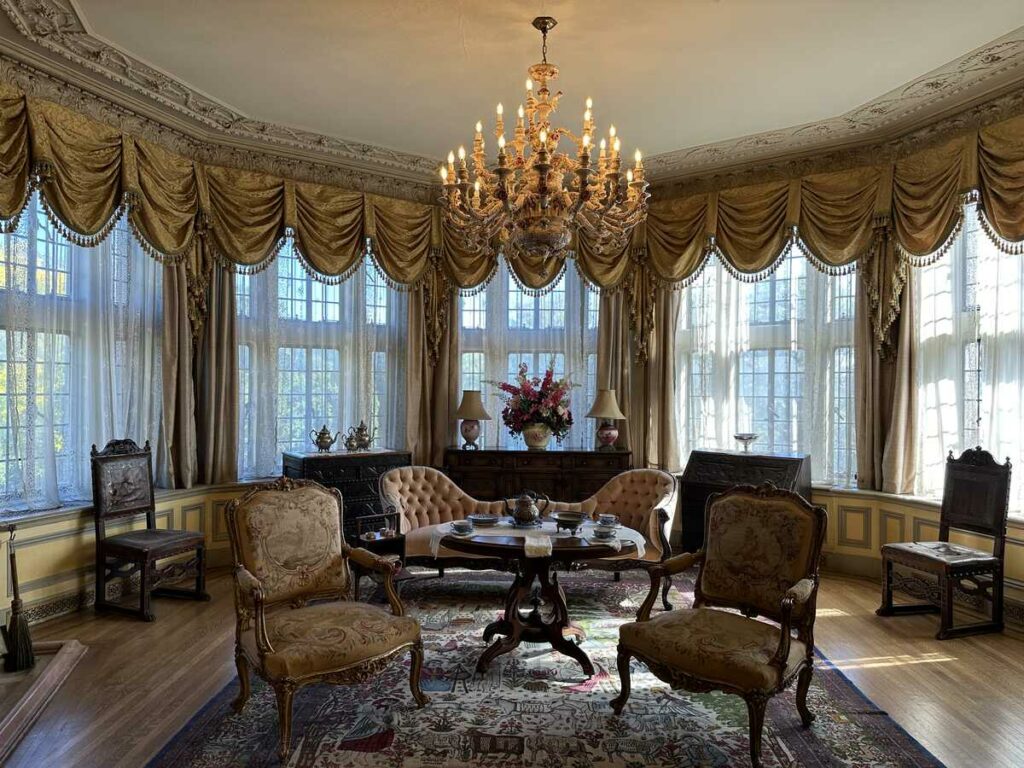
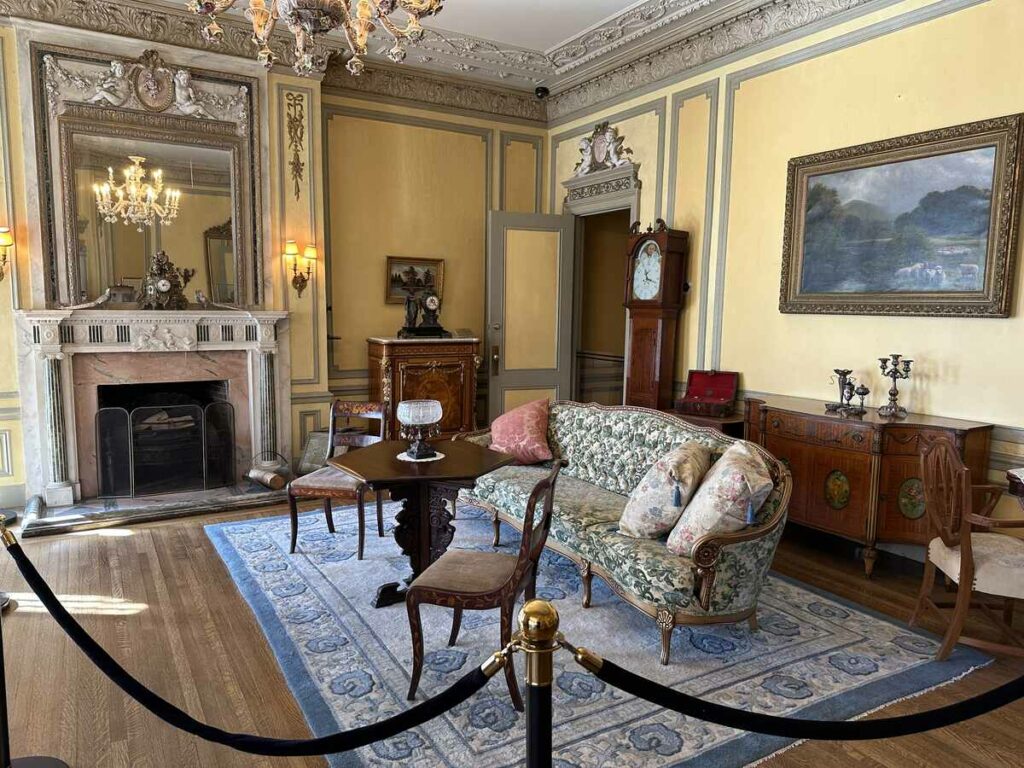
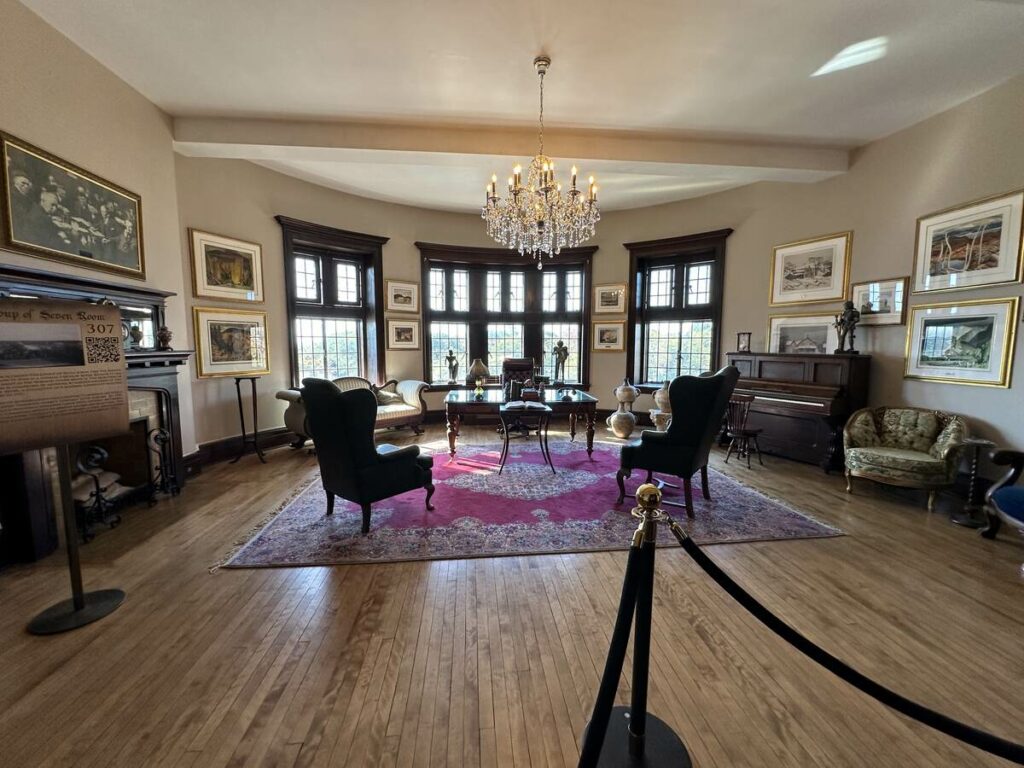
Casa Loma’s heyday was in the early 20th century, and it attracted notable figures from across the world. Though its original purpose was as a private residence, it was often used to entertain Toronto’s high society and international guests. The grand hallways, opulent chandeliers, and sweeping staircases set the stage for lavish parties that made it a must-visit destination for the elite.
In the Group of Seven room, you’ll find a collection of artwork created by members of the Group of Seven. This collective of Canadian landscape artists, active from 1920 to 1933, eventually expanded to include ten members. They championed the idea that true Canadian art could only emerge through a close connection with the natural environment. Their influence grew so prominent that in 1933, they chose to dissolve the group and establish a new collective, the Canadian Group of Painters, continuing their artistic legacy.
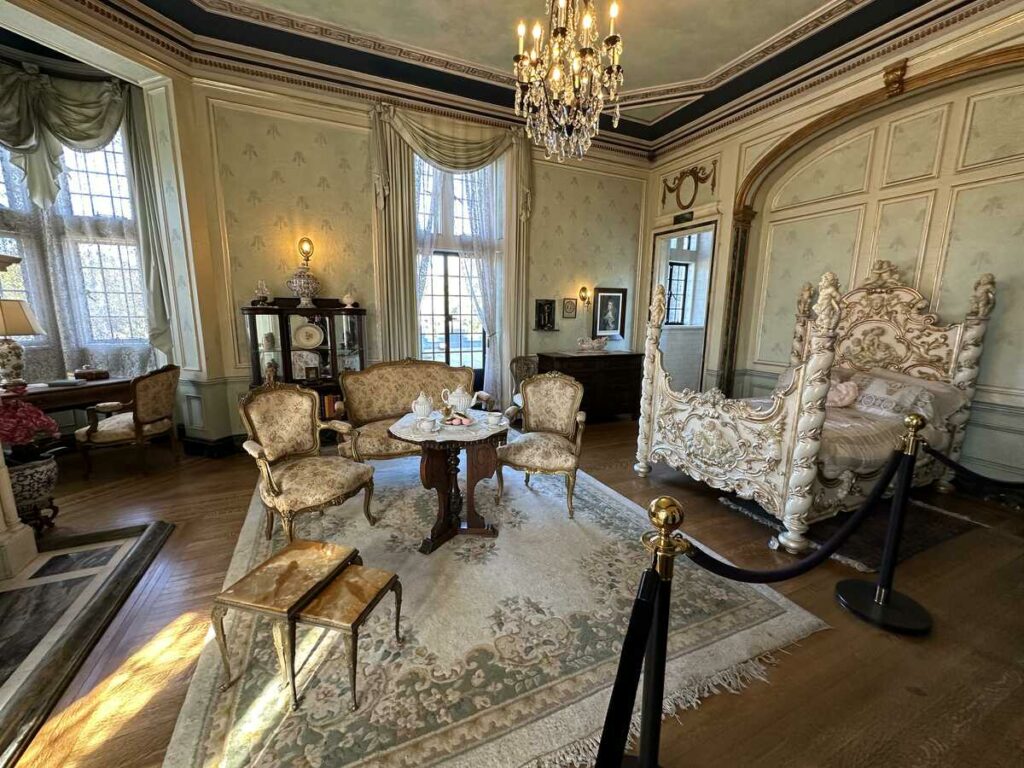
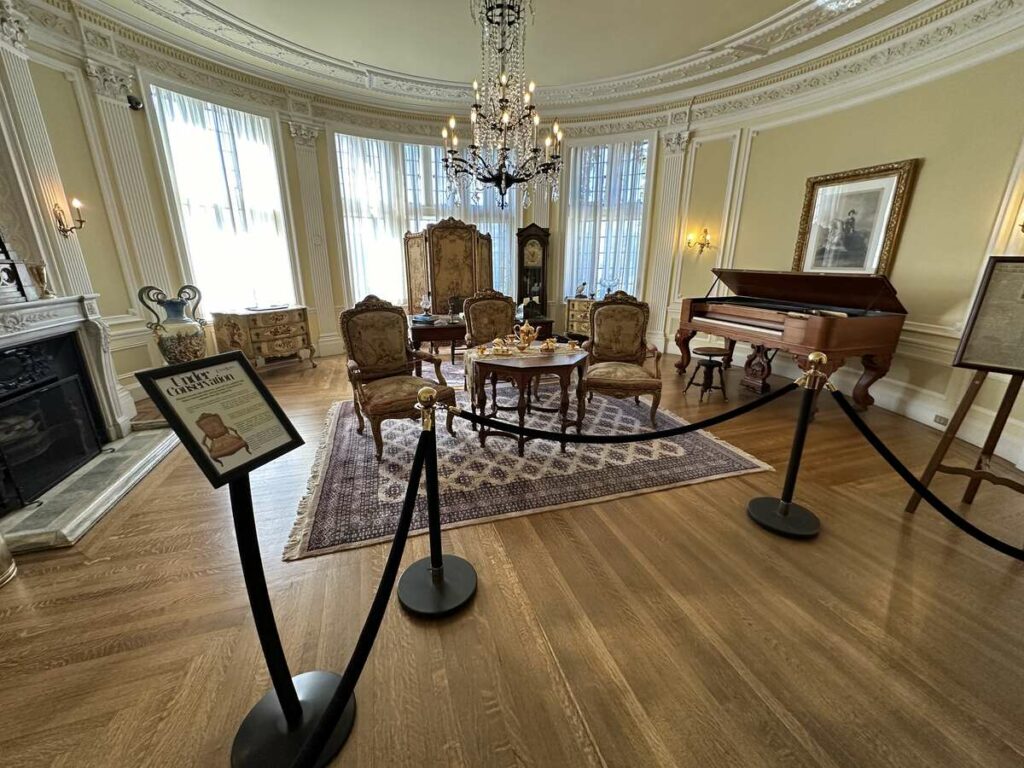
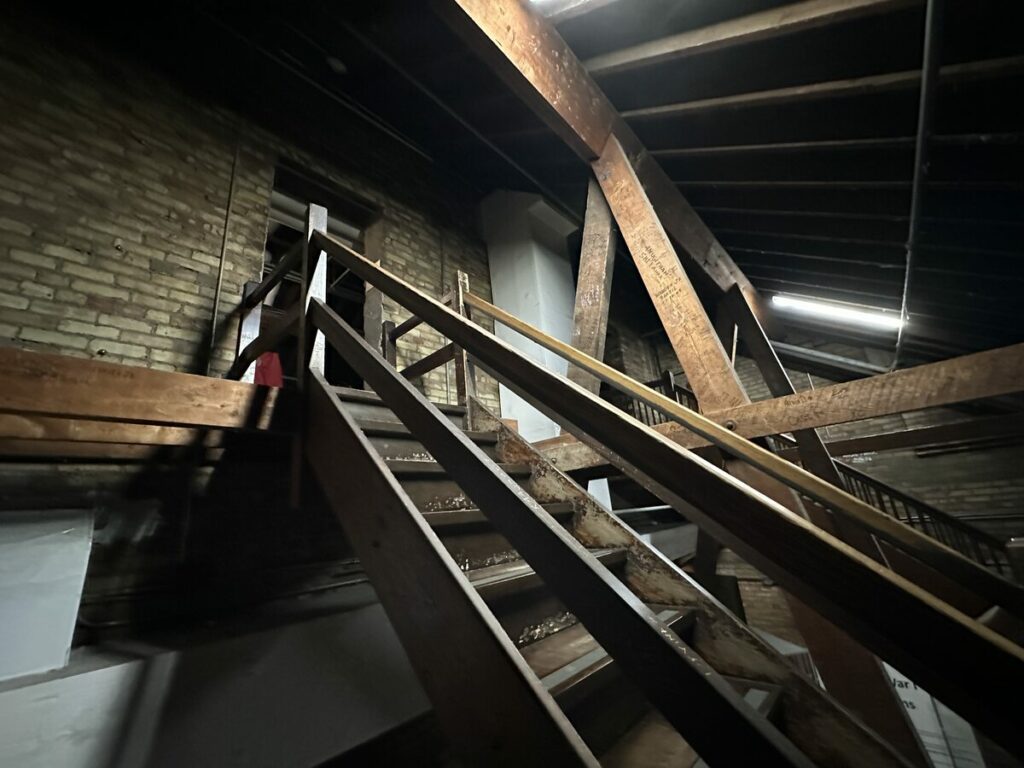
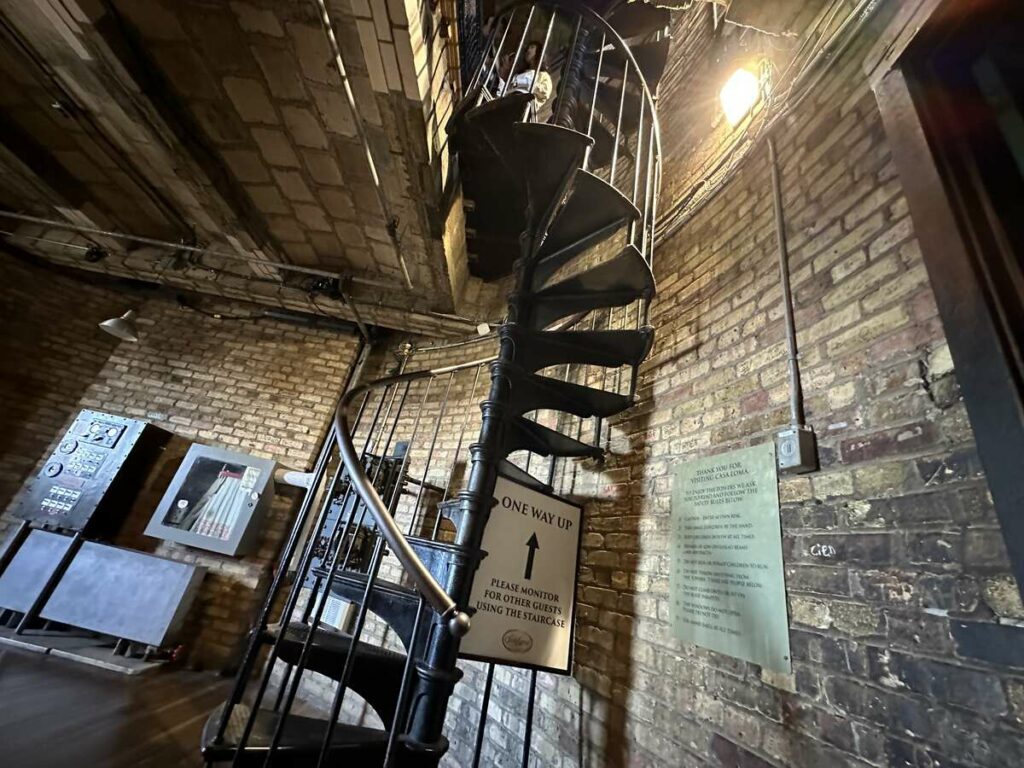
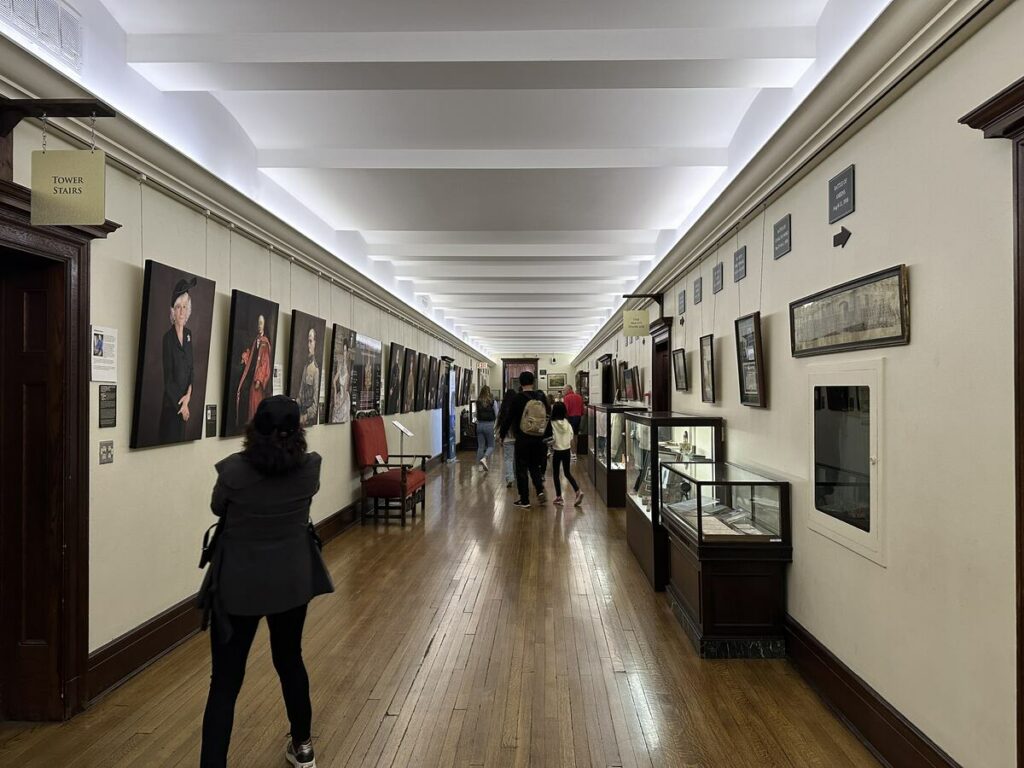
One of the most fascinating anecdotes from Casa Loma’s history is its brief use as a secret meeting place during World War II. The Canadian government used the estate to conceal research into sonar technology, which played a crucial role in the Allied war effort. This chapter of Casa Loma’s story adds a layer of intrigue and highlights its significance beyond being just an architectural marvel.
A Place for Everyone
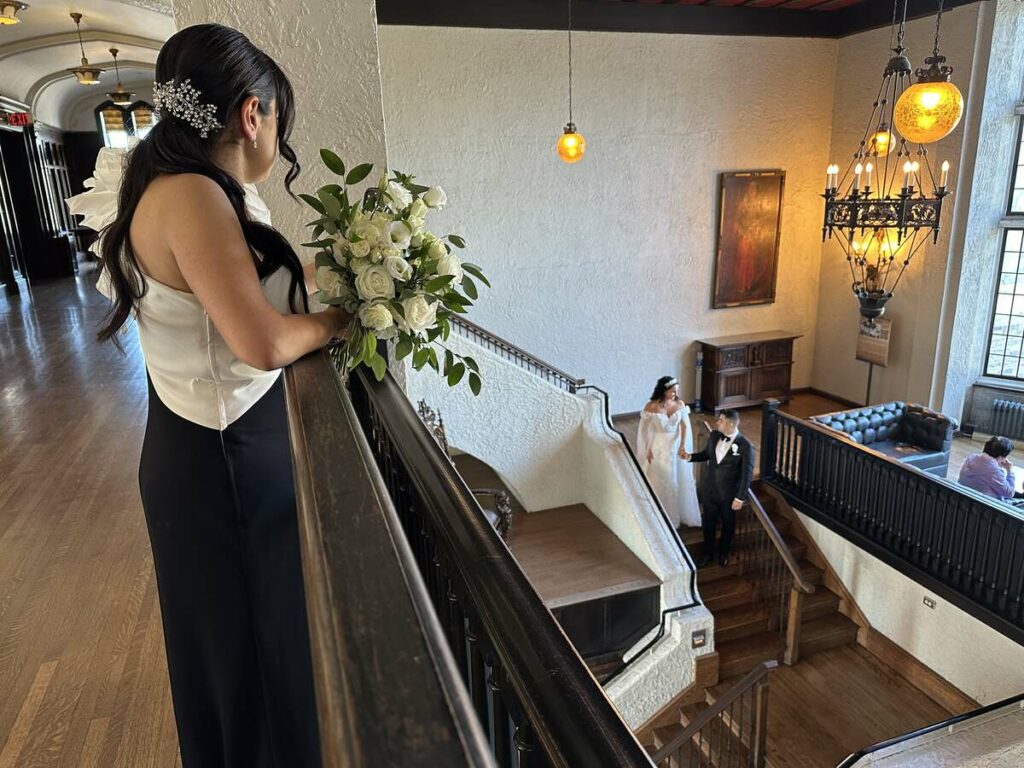
Casa Loma’s role has evolved from a private residence to a historical landmark open to the public. It has since become one of Toronto’s most popular tourist destinations, attracting hundreds of thousands of visitors each year.
As I walked through its hallways during my visit, it was hard not to imagine what life was like in its day. Each room is a glimpse into the past, from the grand dining room that once hosted lavish dinners to the private suites that housed the Pellatt family. As I explored, I spotted a bride and groom taking their wedding photos, a reminder of Casa Loma’s continued appeal as a venue for special occasions.
The home’s many floors were filled with tourists, some enjoying the self-guided audio tour that offered in-depth details of each room. Casa Loma’s beauty and historical significance are undeniable, and it’s easy to see why it remains such a beloved Toronto landmark.
The Casa Loma Stomp
Adding to the magic of Casa Loma is its surprising connection to music. In the early 1930s, a jazz band called the Casa Loma Orchestra gained international fame, despite never having played at the estate. Led by the talented saxophonist Glen Gray, the band became one of the most popular Big Bands of the era, known for their lively performances and distinctive style.
One of their signature songs, the Casa Loma Stomp, became an anthem for swing dancers during the height of the Jazz Age. Even though the band’s name was inspired by the estate, its influence on music culture extended far beyond the city of Toronto. Listening to the Casa Loma Stomp today, you can easily imagine the rhythm and excitement of the time. Enjoy the video of the song, which will let you experience the sound that once swept through ballrooms across North America.
Plan Your Visit
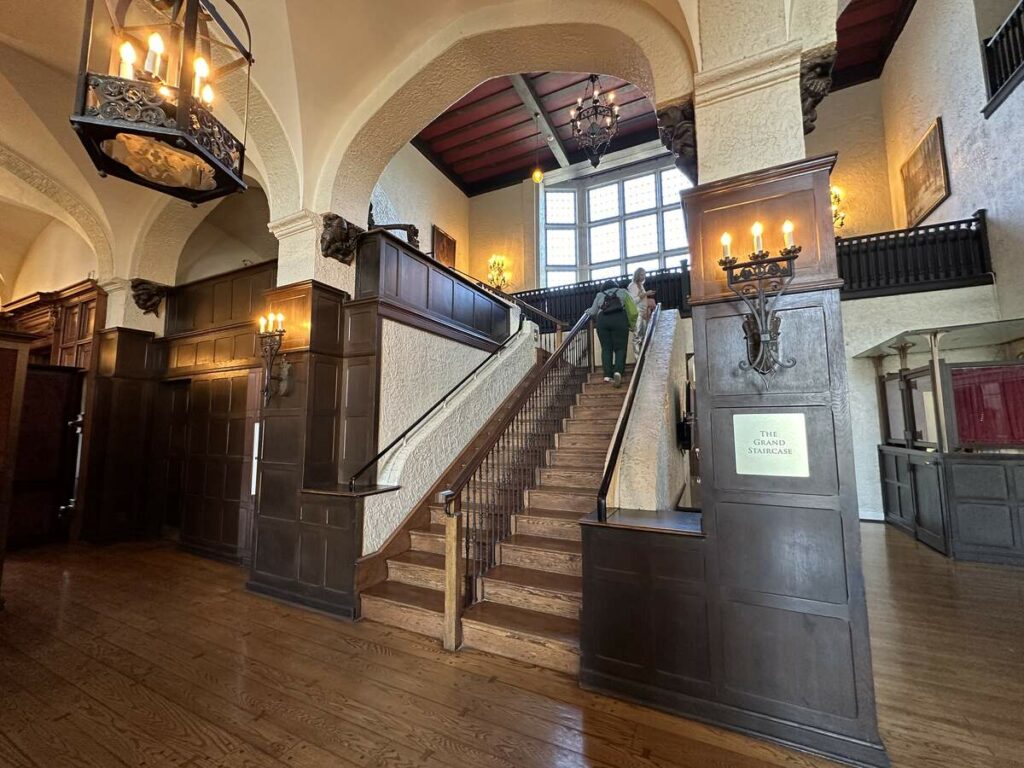
Casa Loma is open to the public daily from 9:30 a.m. to 5:00 p.m., with the last admission at 4:30 p.m. The estate is located at 1 Austin Terrace in midtown Toronto, just a short trip from downtown. If you’re planning a visit, I highly recommend looking into a CITYPass, which gives you access to multiple attractions across the city, including Casa Loma, at a discounted rate.
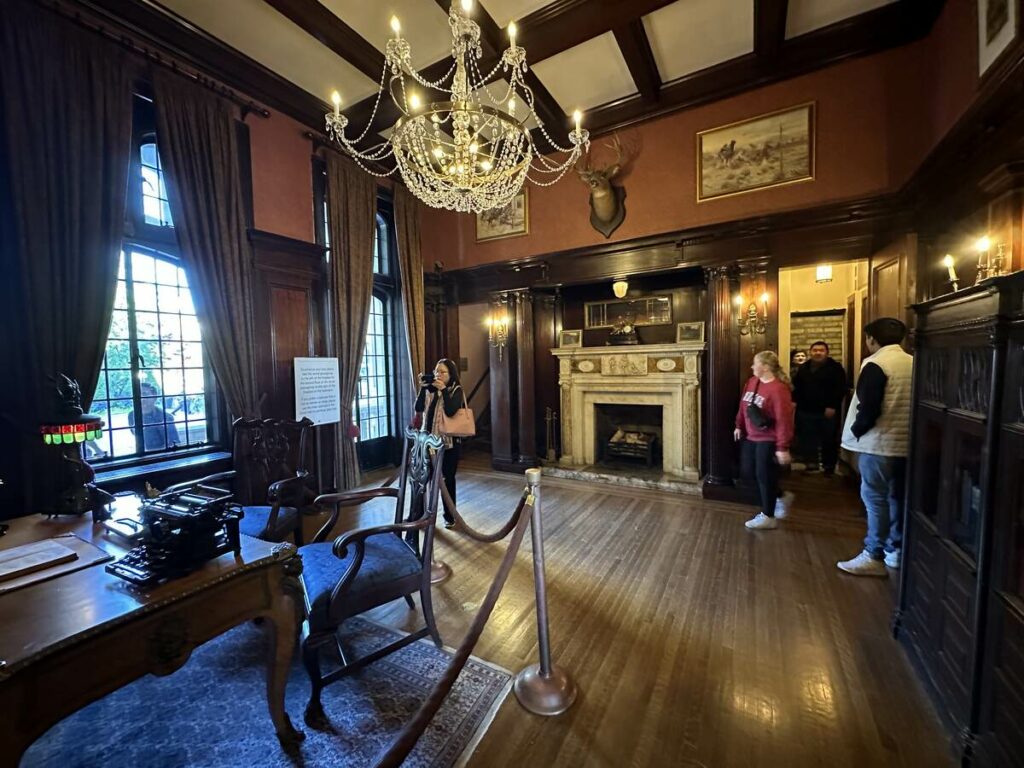
Whether you’re a history buff, a fan of architecture, or simply looking for a unique spot to explore, Casa Loma offers something for everyone. And who knows, you might even spot a wedding in progress, as I did, or find yourself getting lost in the history of one of Toronto’s most iconic buildings.
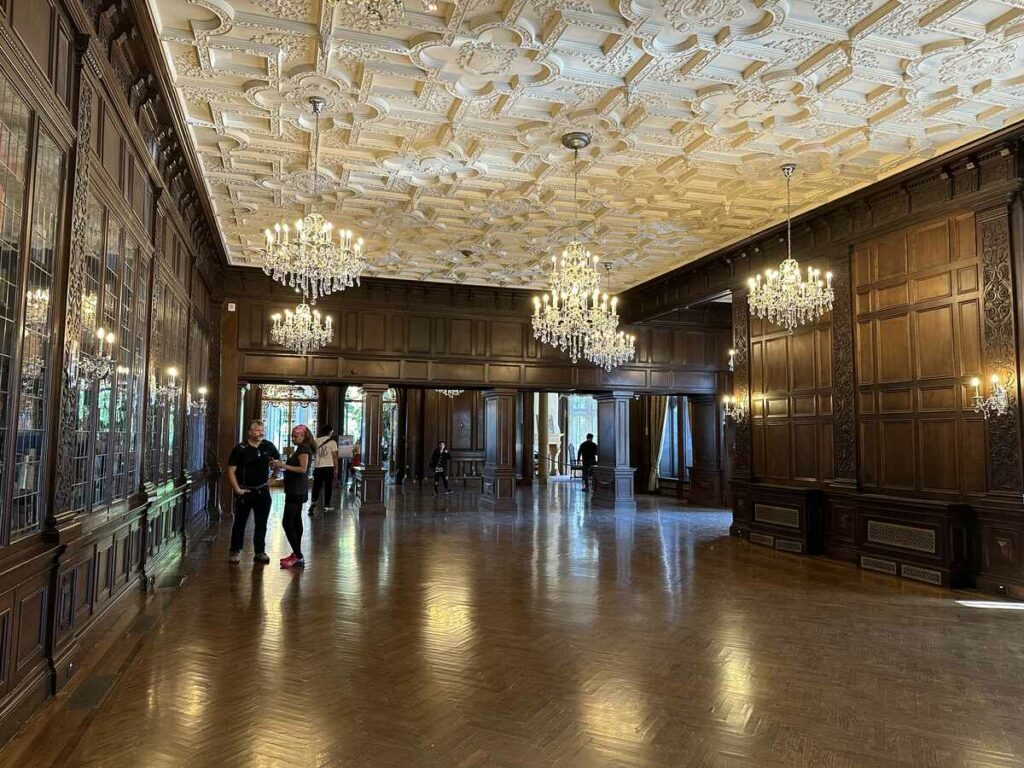
Bit of Trivia

Fun Fact: Did you know that Sir Henry Pellatt, the extravagant owner of Casa Loma, was a wine connoisseur with a basement wine cellar that once held over 1,500 bottles. Decommissioned and bricked in during the 1930s, it was rediscovered intact behind the walls and refurbished to its original grandeur in 2016. Today, the historic cellar houses the award-winning wine collection featured at BlueBlood Steakhouse.
Enjoy your visit to Toronto’s historical landmark!
As you embark on your travels, remember that our journey leaves an impact. Embrace eco-friendly accommodations, support local communities, and reduce plastic use. Respect wildlife by observing from afar and conserve resources like water and energy. Choose sustainable transportation, leave no trace behind, and participate in conservation efforts. Educate yourself and others about the environment you’re exploring. Let’s ensure that we tread lightly on our planet, leaving only footprints of kindness and taking home memories that inspire others to protect our beautiful world. Happy responsible travels!

